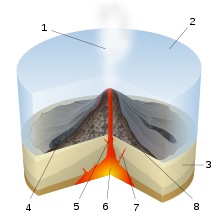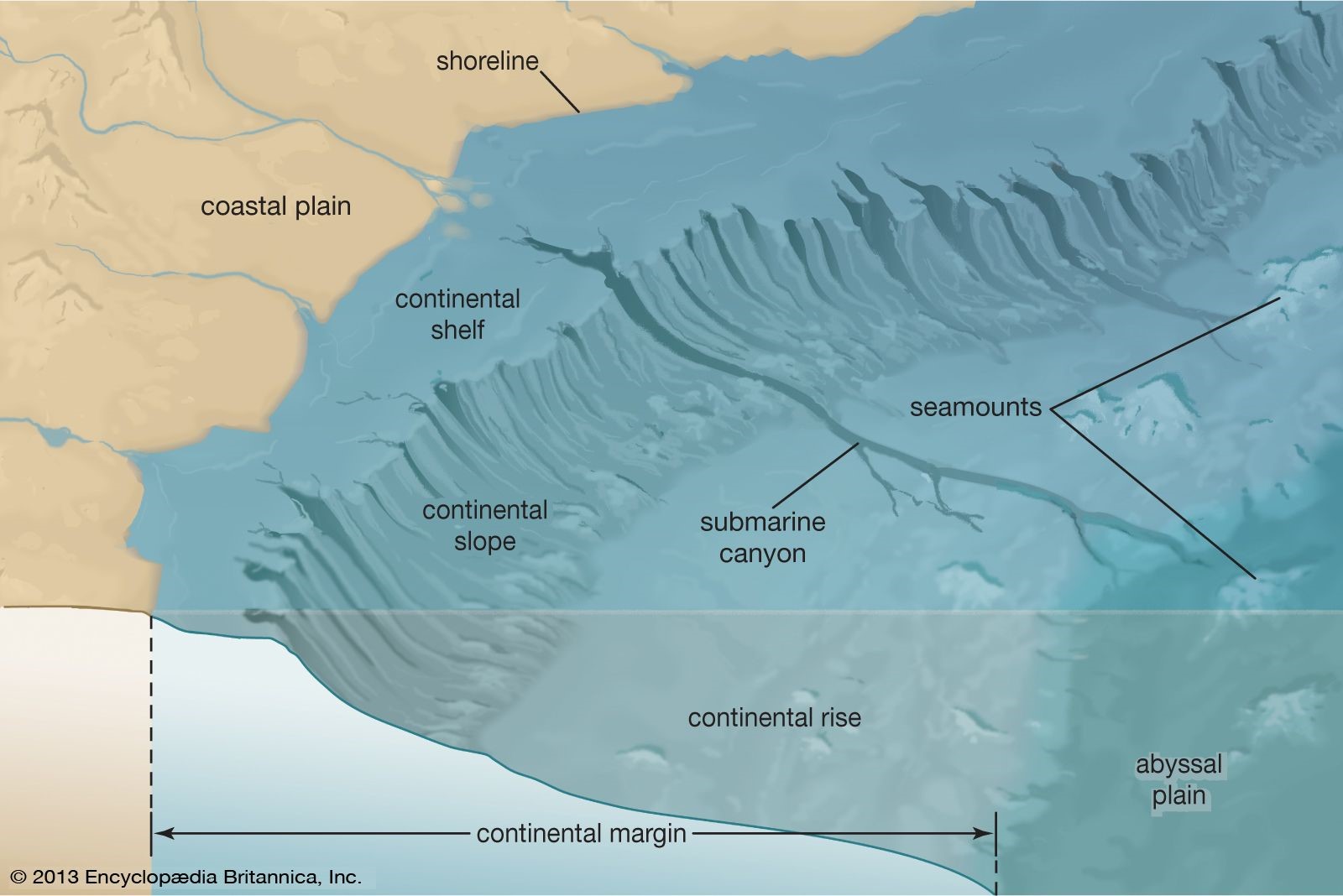Free Courses Sale ends Soon, Get It Now


Free Courses Sale ends Soon, Get It Now



Disclaimer: Copyright infringement not intended.
Context
Sea Mounts
About
A seamount is technically defined as an isolated rise in elevation of 1,000 m (3,281 ft) or more from the surrounding seafloor, and with a limited summit area, of conical form.
Formation

Area of Formation
Role and Importance of Seamounts
Information on evolution of Tectonic Plates:
Water Circulation:
Home to diverse biological communities:
Insights on Evolution of Earth:
Mineral Harvesting:
Hotspot of marine life:
Mapping of Seamounts
Isolated as well as in groups
Biological Richness
Area

|
Sea Mount |
Guyot |
|
1. Sea Mounts are the mountains on the sea floor. 2. They are above 1000 metres in height. 3. They have conical summits. 4. They are of volcanic origin. 5. Some of them attain a height of 3000 metres. |
1. Guyots are hills found on the sea floor. 2. They are also above 1000 metres in height. 3. They have flat tops. 4. They are also of volcanic origin. 5. An ordinary guyot has a diameter of 20–25 km. |
New Research in place
Significance
|
PRACTICE QUESTION Q. Which of the following statements are correct with reference to Seamounts? a) A seamount is technically defined as an isolated rise in elevation of 1,000 m (3,281 ft) or more from the surrounding seafloor, and with a limited summit area, of conical form. b) They are formed through volcanic activity and scientists recognize them as hotspots for marine life. c) Due to the steep slopes of seamounts, nutrients are carried upwards from the depths of the oceans toward the sunlit surface, providing food for creatures ranging from corals to fish to crustaceans. d) Most seamounts are formed near mid-ocean ridges, where the earth’s tectonic plates are moving apart, allowing molten rock to rise to the seafloor. 1. a and b only 2. a and c only 3. a and d only 4. All of the above. Correct Answer: Option 4 |
https://www.thehindu.com/sci-tech/science/what-are-seamounts/article66780289.ece
© 2024 iasgyan. All right reserved